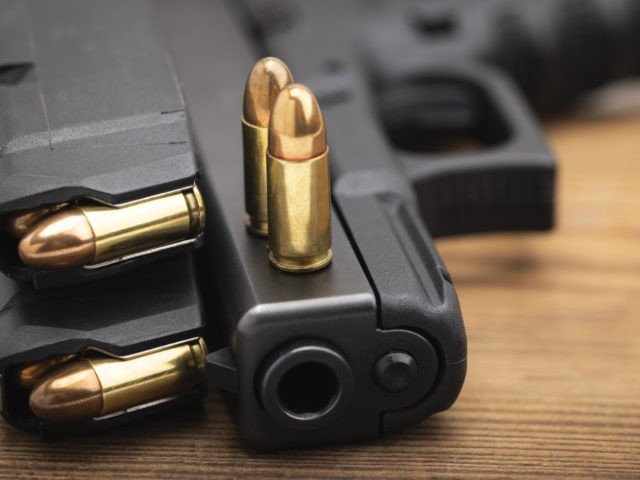Nearly nine in ten suspects involved in fatal shootings in Sweden are either born abroad or are from migrant backgrounds, statistics reveal, as the country continues to deal with record levels of fatal shootings.
In 2021, Sweden saw another record high number of fatal shootings as the country continues to see fatal gun violence largely driven by criminal gang activity across the country.
According to statistics obtained by the French newspaper La Croix, the average age of suspects in fatal shootings in Sweden is 23 years old and claim that 85 per cent of the suspects are either born aboard or come from immigration backgrounds.
Swedish police claim that there are as many as 2,500 members of gangs in the city of Stockholm alone and that the dismantling of prior gangs made of up migrants from the Balkans who came to Sweden in the 1990s, has led to the formation of smaller and more violent gangs.
The gangs often operate in so-called “vulnerable areas” also known as no-go areas, with Swedish authorities noting that in around sixty neighbourhoods, gangs have an influence on the local community.
The statistics cited by the French newspaper echo statement made last year by Greater Gothenburg police commissioner Erik Nord who commented on the connection between mass migration and fatal gun violence.
“It is no longer a secret today that much of the problem of gang and network crime with the shootings and explosions have been linked to migration to Sweden in recent decades,” Nord wrote in an opinion article for Swedish newspaper Goteborgs Posten.
“When, like me, you have the opportunity to follow matters at the individual level, you see that virtually everyone who shoots or is shot in gang conflicts originates from the Balkans, the Middle East, North or East Africa,” Nord added.
Nord has not been the first to connect migration to gang crime and gun violence. In October of 2020, Linda Staaf, head of the intelligence unit of the National Operational Department (NOA) of the Swedish police force, noted that second-generation migrants had created a new form of gang culture in some no-go areas.
“Overall, we have three types of criminal structures: criminal organisations, such as criminal motorcycle gangs; family-based criminal networks in clan structures; and a new type of culture and network – that is, loose networks that are mainly gang criminals in vulnerable areas,” Staaf noted.
“The loosely composed networks often consist of second-generation immigrants. Parts of the clan structure are brought with them like honour and blood vengeance,” she said.
Follow Chris Tomlinson on Twitter at @TomlinsonCJ or email at ctomlinson(at)breitbart.com

COMMENTS
Please let us know if you're having issues with commenting.